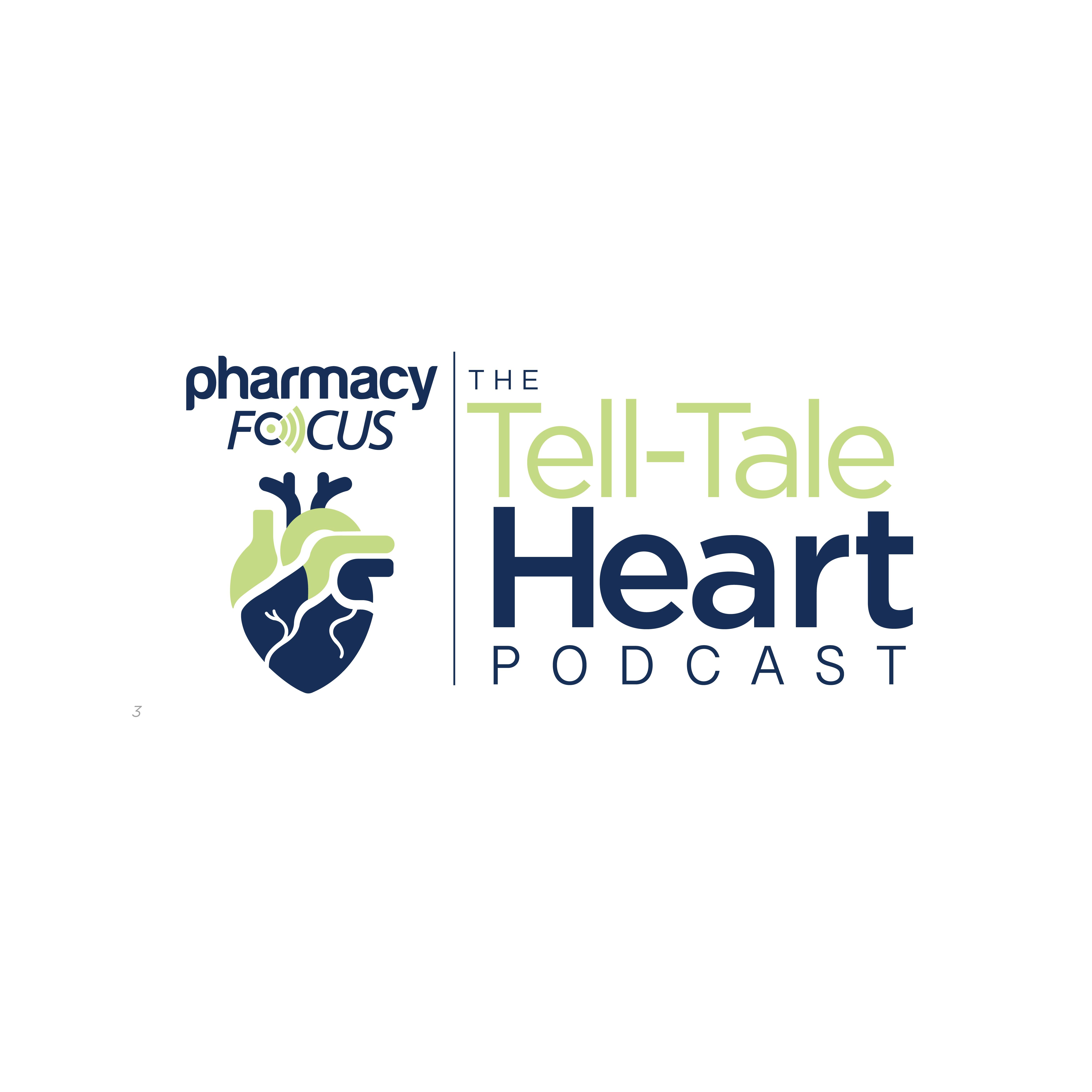News
Article
Sacituzumab Govitecan Shows Potential in Overcoming Barriers to Brain Tumor Treatment in Patients With Breast Cancer
Author(s):
Key Takeaways
- Sacituzumab govitecan showed promising intracranial tumor penetration in BCBM and rGBM, achieving significant intra-tumoral concentrations of SN-38.
- The study reported overall survival of 35.2 months for BCBM and 9.5 months for rGBM, with progression-free survival of 8 and 12 months, respectively.
The Trop-2-tagreting antibody drug conjugate facilitated improved intracranial penetration with favorable tolerability.
Sacituzumab govitecan (Trodelvy; Gilead Sciences) was well tolerated with favorable intracranial tumor penetration in patients with breast cancer with brain metastases (BCBM) and patients with recurrent glioblastoma multiforme (rGBM), according to data from the single-center, non-randomized, phase 0 study (NCT03995706).1
3D rendering of brain with a tumor | Image Credit: © iDoPixBox - stock.adobe.com

Approximately 15% to 25% of individuals with stage 4 breast cancer (BC) will develop brain tumors. Patients whose disease progresses to brain malignancy have significantly poorer prognoses, and available treatments, such as surgery, radiotherapy, and systemic therapies, are often unsuccessful. Glioblastoma multiforme (GBM) is the most common, aggressive brain tumor of BC origin, with a median survival of 20.9 months even with treatment. Various factors influence the poor outcomes of available treatments, including selective impedance of the blood-brain barrier, molecular heterogeneity, the immunosuppressant nature of the tumor microenvironment, and associated morbidity of eloquent brain involvement.2
Emerging studies show that antibody-drug conjugates (ADCs) targeting extracellular receptors, such as Trop-2, may have intracranial efficacy with the potential to overcome factors that impede the ability for treatments to penetrate the brain. Sacituzumab govitecan is an ADC that targets Trop-2, which is highly expressed on tumors, for the selective delivery of SN-38.2
In the phase 0 study, researchers from the University of Texas Health Science Center at San Antonio (UT Health San Antonio) conducted a prospective window-of-opportunity trial to examine the intra-tumoral concentrations and intracranial activity of sacituzumab govitecan in patients undergoing craniotomy BC with brain metastases (BCBM) or recurrent glioblastoma (rGBM). A total of 25 patients aged greater than or equal to 18 years diagnosed with BCBM and rGBM to receive a single intravenous dose of sacituzumab govitecan at 10 mg/kg given 1 day before resection and continued on days 1 and 8 of 21-day cycles following recovery. The primary end point was the ratio of SN-38 and its metabolites relative to serum concentration, with a secondary end point of overall survival (OS).2,3
Sacituzumab govitecan fulfilled its primary end point with a median total SN-38 of 249.8 ng/g for BCBM and 104.5 ng/g for rGBM. The secondary end point of OS was 35.2 months for the BCBM cohort and 9.5 months for the rGBM cohort. The data showed a progression-free survival of 8 months and 12 months for patients with BCBM and patients with rGBM, respectively.2
The researchers included an exploratory end point measuring Trop-2 expression, which was observed in 100% of BCBM and 78% of rGBM tumors. Additionally, they reported a non-planned exploratory end point of ORR, which was 38% and 29% for the BCBM and rGBM groups, respectively.2
The safety profile of sacituzumab govitecan was favorable. The most common grade 3 or higher adverse events were neutropenia (28%), hypokalemia (8%), seizure (8%), thromboembolic event (8%), urinary tract infection (8%), and muscle weakness of the lower limb (8%).2
“We knew that the drug has been effective in the treatment of breast cancer, but its usefulness in the treatment of resulting brain tumors has been unclear,” Andrew J. Brenner, MD, PhD, professor and chair of neuro-oncology research with Mays Cancer Center at UT Health San Antonio, said in an article by UT Health San Antonio. “Our trial, however, revealed that it could achieve concentrations of inhibitors inside the tumors sufficient to benefit patients, and with minimal side effects, which is very promising for new therapy.”3
REFERENCES
1. Neuro/sacituzumab govitecan/breast brain metastasis/glioblastoma/ph 0. Updated September 9, 2024. Accessed February 5, 2025. https://clinicaltrials.gov/study/NCT03995706?cond=NCT03995706
2. Balinda H, Kelly W, Kaklamani V, et al. Sacituzumab govitecan in patients with breast cancer brain metastases and recurrent glioblastoma: a phase 0 window-of-opportunity trial. Nature Communications. August 7, 2024. doi:10.1038/s41467-024-50558-9
3. Drug shows promise for treating brain tumors resulting from breast cancer, UT Health San Antonio trial reports. UT Health San Antonio. August 8, 2024. Accessed February 5, 2025. https://news.uthscsa.edu/drug-shows-promise-for-treating-brain-tumors-resulting-from-breast-cancer-ut-health-san-antonio-trial-reports/
Newsletter
Stay informed on drug updates, treatment guidelines, and pharmacy practice trends—subscribe to Pharmacy Times for weekly clinical insights.






